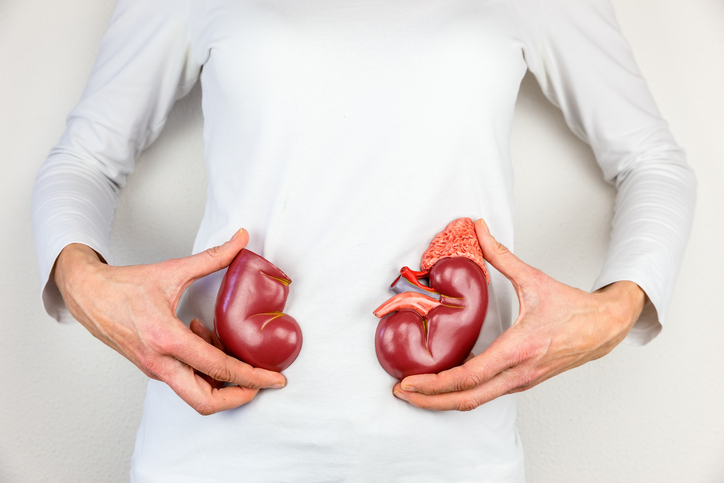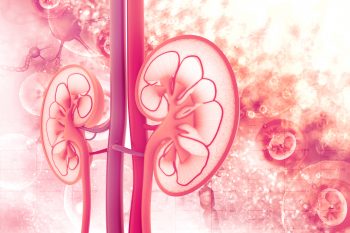
Patients with autosomal dominant polycystic kidney disease (ADPKD) at highest risk for disease progression are identified using Mayo Clinic imaging classification that uses height-adjusted total kidney volume (htTKV) and age.
However, according to Kyongtae T. Bae,
MD, and colleagues, the current Mayo classification is only applicable to
patients who have typical disease with diffuse cystic involvement (Class 1) by
excluding 5% to 10% of patients (Class 2) with atypical kidney morphology for
whom htTKV does not appear to predict decline in estimated glomerular
filtration rate (eGFR). Predicting the risk for disease progression in Class 2
patients is uncertain.
The researchers conducted an analysis
in a subgroup of patients in the HALT-A study; 21 patients with Class 2 disease
with predominant exophytic cyst distribution were included in the analysis. The
htTKV of those 21 patients was measured by excluding exophytic cysts to
estimate revised htTKV (rev-htTKV). Results of the analysis were reported
during a poster session at Kidney Week 2019 in a poster titled Expanded
Imaging Classification of Autosomal Dominant Polycystic Kidney Disease (ADPKD).
The outcome of interest was
progression to chronic kidney disease (CKD) stage 3, defined as eGFR)<60
mL/min/1.73 m2. For the analysis, the odds ratio of reaching CKD stage
3 per 100 mL/m increment in htTKV were compared in both unadjusted and adjusted
logistic models for (1) only Class 1 participants, (2) all participants with
original htTKV, and (3) all participants with rev-htTKV. The covariates were
baseline age, eGFR, body mass index, sex, and race.
There was a significant association (P<.001)
between baseline htTKV and reaching CKD stage 3 in all six logistic models. For
both the unadjusted and adjusted models, the estimated odds ratios (ORs) of
reaching CKD stage 3 for all participants increased from the use of htTVK to
the use of rev-htTKV: the ORs increased from 1.26 to 1.31 in the unadjusted
model and from 1.18 to 1.26 in the adjusted model.
The probability of progression to CKD
stage 3 decreased for all Class 2 participants because rev-htTKV was always
less than htTKV. In addition, the probability of reaching CKD stage 3 for Class
2 participants who did not reach that outcome decreased more than those who did
reach CKD stage 3.
“For Class 2 with predominant
exophytic cyst distribution, the association between baseline htTKV and CKD stage
3 outcome became stronger with the use of htTKV remeasured after excluding
exophytic cysts, compared to the use of original htTKV,” the researchers said.
Source: Bae KT, Shi T, Tao C, et al.
Expanded imaging classification of autosomal dominant polycystic kidney disease
(ADPKD). Abstract of a poster presented at the American Society of Nephrology
Kidney Week 2019 (Abstract TH-PO826), November 7, 2019, Washington, DC.






 © 2025 Mashup Media, LLC, a Formedics Property. All Rights Reserved.
© 2025 Mashup Media, LLC, a Formedics Property. All Rights Reserved.